Examples of planning a plot of 10 acres: practical placement ideas
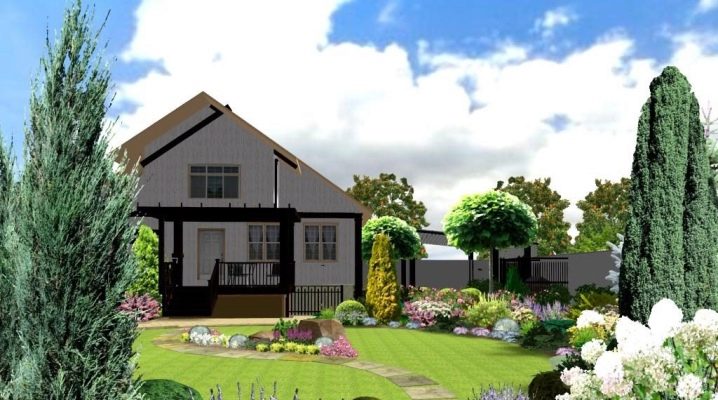
Surely every person had a desire to escape from the bustle of the city and retire with nature in a cozy country house. On the one hand, this solution is one big plus, since the urban ecology cannot be compared with the cleanest air that awaits you in the suburbs. However, there are a number of difficulties that will need to be solved for further comfortable living in a country house. Today, as an example, we will take a standard rectangular plot with an area of 10 acres (25x40 m). Let's take a look at how to properly place residential and non-residential buildings in such an area.
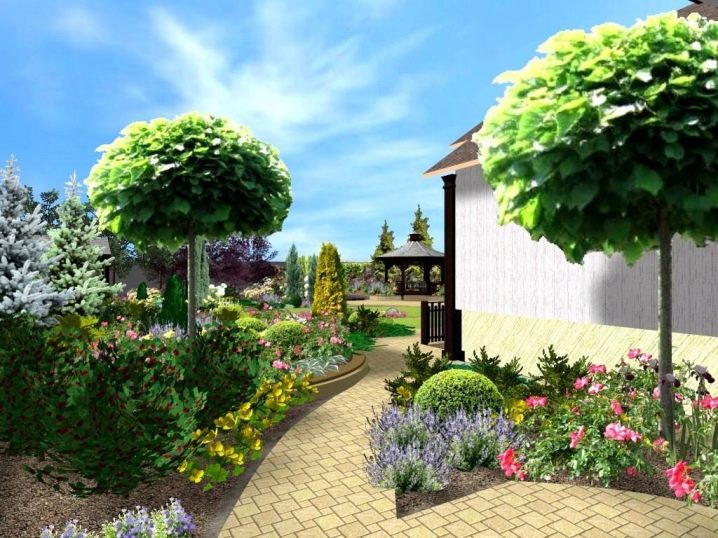
Advantages and disadvantages
First of all, it is worth talking about the advantages and disadvantages of the territory of such an area. The only drawback is the size of the estate itself. The small space somewhat limits the owners. However, it can also be attributed to the merits, since the compactness of the territory allows you to closely monitor the garden and vegetable garden.
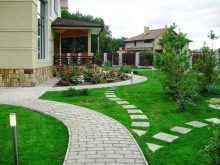
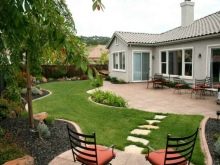
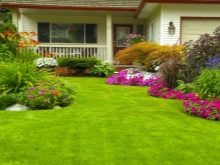
If the choice of the estate of 10 acres was deliberate, then the only disadvantage can be that it is in full view of all neighbors and even casual passers-by.
However, a few simple recommendations will help you retire even in the most populated street, creating a cozy and comfortable home atmosphere.
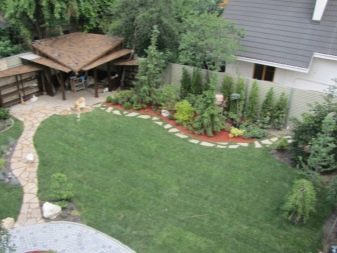
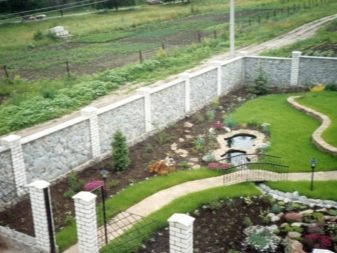
Peculiarities
A competent planning begins with a project, which will indicate the place of construction of future residential and non-residential structures.
Residential buildings include:
- the house itself and the roads leading to it;
- the place where pets are located (booths, aviaries, and others);
- sports and recreation area (all kinds of gazebos, picnic areas, etc.);
- decorative structures;
- garden.
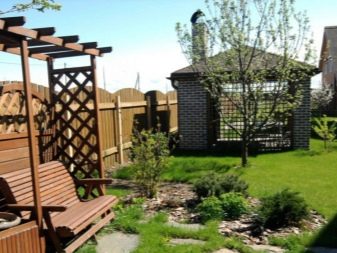
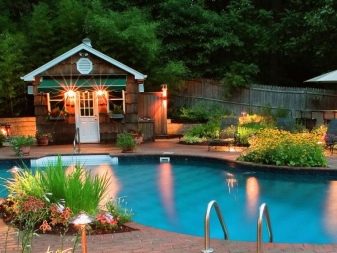
As for the non-residential area, it is conditionally divided into two subcategories: outbuildings and an agricultural area.
The first are:
- breeding area for animals (chickens, rabbits and other animals);
- garage building;
- restroom, bath or shower;
- barn;
- place for waste.
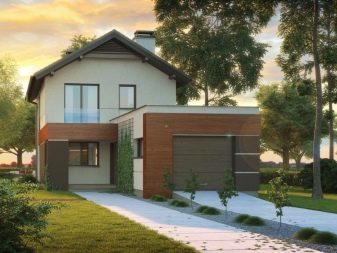
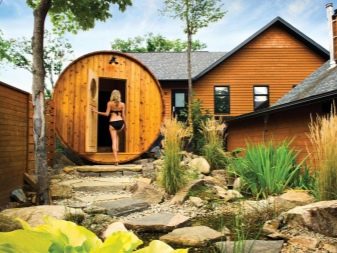
As for the agricultural zone, this is a place for growing vegetables, planting trees, and so on. Each of the aforementioned elements should be listed on the project (if, of course, you provide it).
When drawing up a project, it is necessary to take into account the features of the area. First of all, it should be understood where construction work will be carried out: on a clean surface, or on an area where structures are already present (purchase of a ready-made summer cottage).
It is necessary to build on this and decide which structures to leave, which ones to demolish, what to do with the existing trees, or simply create a territory from scratch.
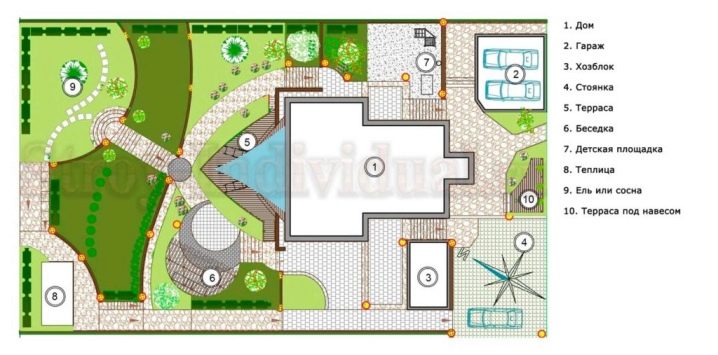
Naturally, if you have finances, it is preferable to work with an absolutely clean area, since you can start to embody all the conceived ideas from the first minutes. However, it is worth remembering that construction work must be carried out in accordance with the current rules for "planning and development of urban villages and settlements." This document sets out the current building codes, observing which, future structures will stand on a completely legal basis.
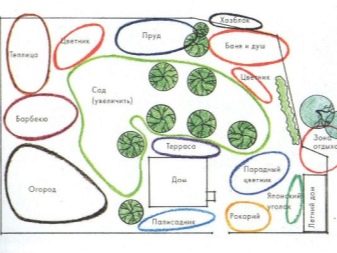
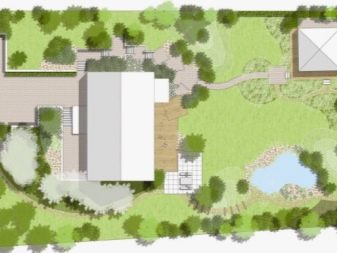
We start planning
After you have decided which buildings will be present on the future site, you need to correctly distribute them.
To do this, it is necessary to take into account the features of the surrounding area, sunlight and a number of other nuances:
- For convenience, it is necessary to provide for the presence of a road or path for each individual element.
- The construction of a residential building must be foreseen at some distance from the road. This is done in order to improve the performance of sound and dust insulation.
- It is also necessary to maintain a distance of 8 m from the house to the bath and from the toilet to the well.
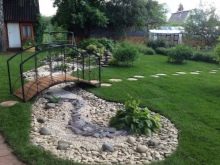
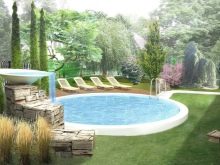

- Fences (fence from the street, as well as a fence between two adjacent areas) should not be deaf. Otherwise, it is necessary to obtain a corresponding written permission from the owners of neighboring houses. Also, the fence should run 3 m from the residential building, 4 m from the premises with small livestock and a meter from other structures.
- As for trees, the border of the plots should be 4 m from tall trees, 2 m from medium-sized trees and a meter from shrubs. The distance between residential buildings of two neighboring plots should not be less than 10 m (ideally - 15 m);
A fairly large number of nuances, however, their observance will help to avoid problems with disgruntled neighbors and the law.
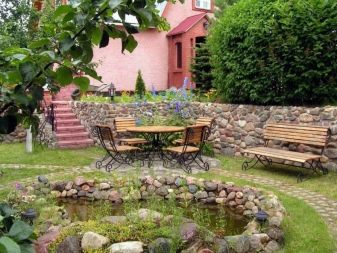
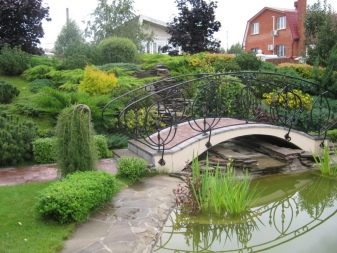
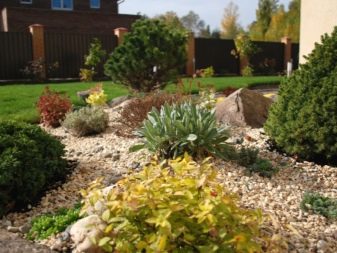
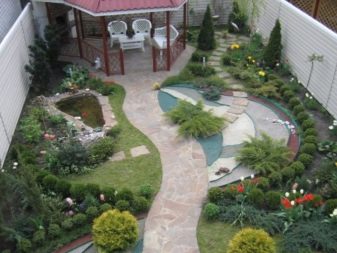
Standard example
There are several "standard" arrangement schemes, one of which should be disassembled in detail.
The entrance from the street leads us to the parking lot, next to which there is a house with a terrace. There is also a children's playground near the house. On the east side, there is a long path that runs along the entire length of the estate. Immediately upon leaving the house, we can observe a decorative pond and a family recreation area with a gazebo and barbecue.
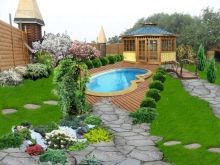
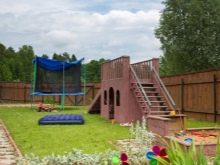
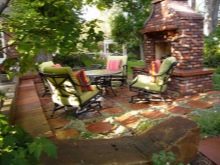
Further there are vegetable beds and a garden. Shrubs and trees are planted around the entire perimeter of the fence. Vegetable beds are replaced by a garden with beautiful flowers, and at the end of the estate there is a toilet, a bathhouse and other non-residential structures (for example, a barn). In such a scheme, a building for livestock is not provided, but if desired, the decorative pond can be replaced with such a structure, while slightly shifting the place for growing vegetables.
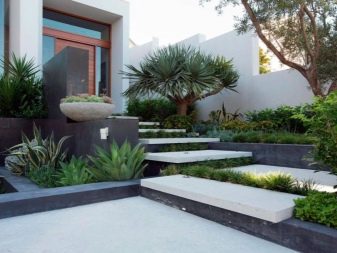

Modern accommodation option
For those who are not adherents of conservatism, a more modern version can be offered. Its essence lies in the fact that the house is located practically in the center of a plot of 10 acres and is surrounded by a garden and other buildings.
Two roads lead from the fence to the house: the first is gravel (for a car), and the second is a narrow decorative walking path made of natural stone. The living space is a combined house with a garage and a veranda. Tall trees and bushes are planted around. Behind the house there is a gazebo with a picnic area, around which bushes and a bathhouse are planted in a triangle. The toilet is located almost in the corner of the site (behind the gazebo).
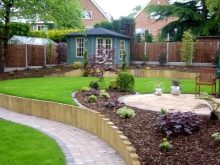
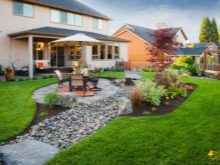
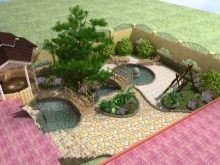
This option is suitable for those people who are not keen on growing vegetables or do not intend to keep livestock. This option is an example of a country holiday home where you need to pay attention to the garden almost all the time.
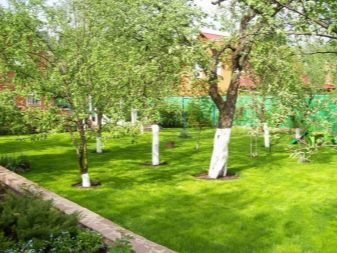


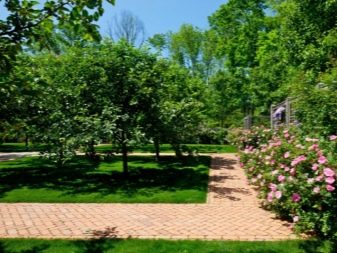
Unusual solutions
In order to allocate a plot of 10 acres among the rest, it is recommended to make a living fence. This is a large number of climbing plants that grow along the perimeter of the fence and give a country house individuality, and also do not contradict the rules for building rural settlements.
However, it is necessary to take into account that such a “living fence” cannot be made from plants of the same species, as this will give the estate a certain constriction and remoteness.

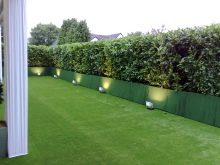
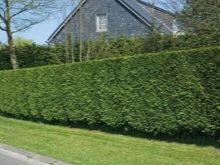
For a change, you can create some elevations on the land, which will also testify to the individuality of the owner.
The hills are of several types and depend directly on the slope:
- If the slope is small, then terraces can be laid (it looks like separate layers of soil, superimposed on each other).
- With a slight slope, special retaining structures can be installed. Slopes made of natural material (stone, etc.) are also suitable.
- If the slope of the site is more than 15 degrees, it is recommended to install special ladders.
Winding paths, terraces, stairs and other elements of landscape design will help to express both the individual features of the area and the individuality of the owners.
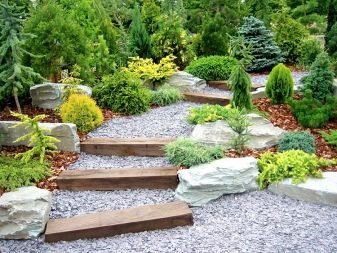
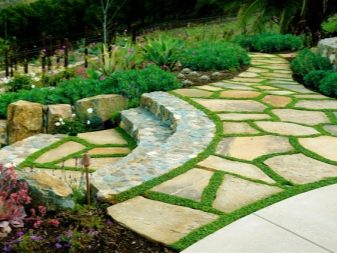
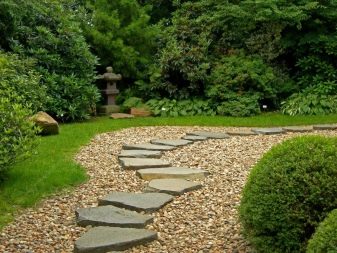
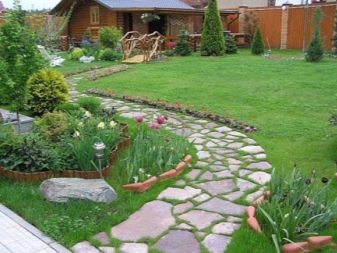
Drainage
Last but not least on the list is a drainage or drainage system. It prevents excessive accumulation of moisture in the soil, which can damage the foundation of structures.
Also, excessive moisture can negatively affect plants and fruit crops (some plants do not need excessive watering).

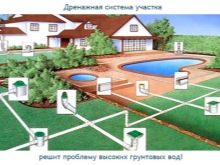
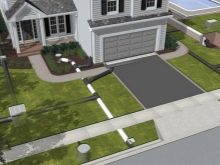
There are several options for arranging a drainage system: closed (consisting of a number of underground pipes) and open (drainage ditches). A closed system is installed if a particular area is characterized by a large amount of precipitation, or there is a high level of groundwater. An underground drainage system is a certain number of pipes that drain excess moisture towards the road.
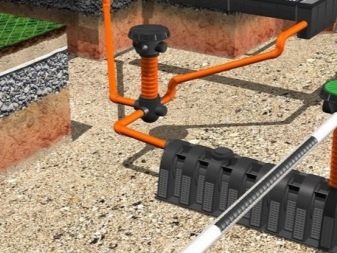
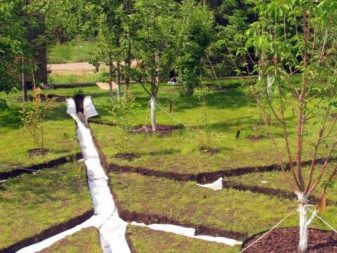
They are laid under a slight slope in order to create the necessary conditions for self-removal of moisture. It is collected using special holes that are drilled in the walls of the pipe branches. The diameter of these holes should not exceed 2 cm, otherwise the drainage system will become clogged with soil.
To prevent clogging, a durable material is used in a fine mesh, which is wrapped around the pipes.
As a result, the pipes are covered with rubble, brushwood is laid on top and the top layer is already soil that can be used as vegetable beds or for other purposes.
Output
From all of the above, we can conclude that it depends only on you what kind of plot of 10 acres will be (rectangular, triangular or any other). You can embody any ideas to create a cozy corner where it will be pleasant not only for you, but also for your guests. Compliance with the building rules and imagination are your two assistants in the arrangement of the land plot.
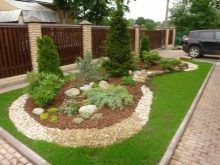
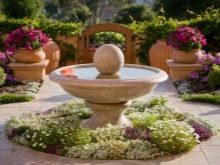

An example of the layout and landscape design of a plot of 10 acres, see the next video.



































































The comment was sent successfully.